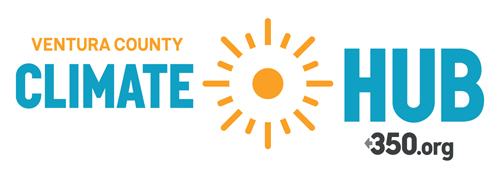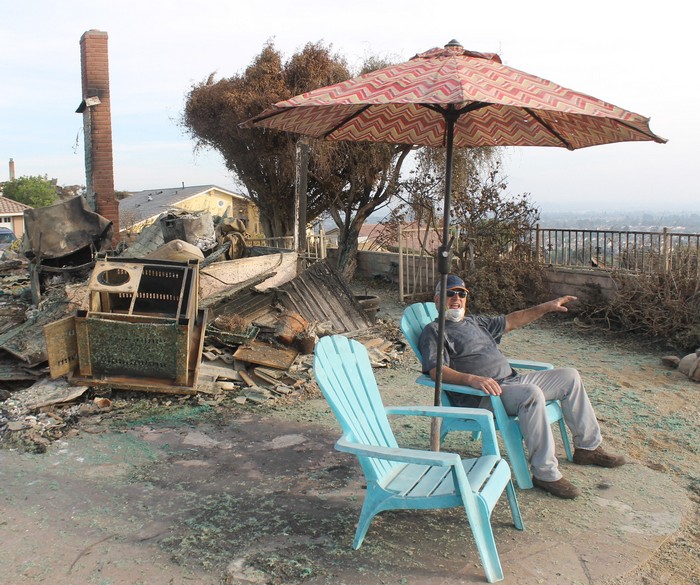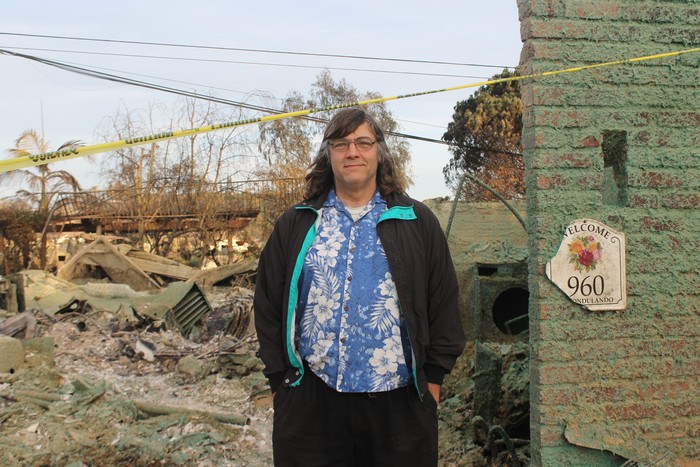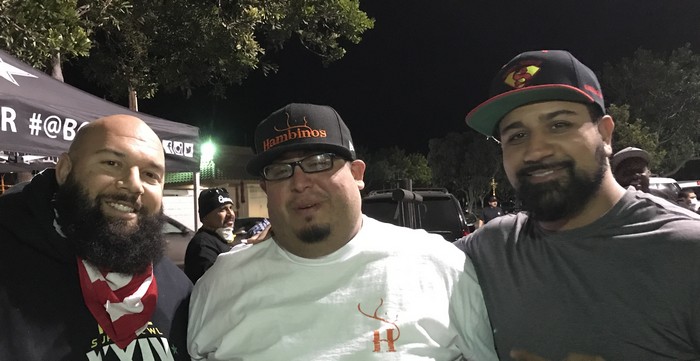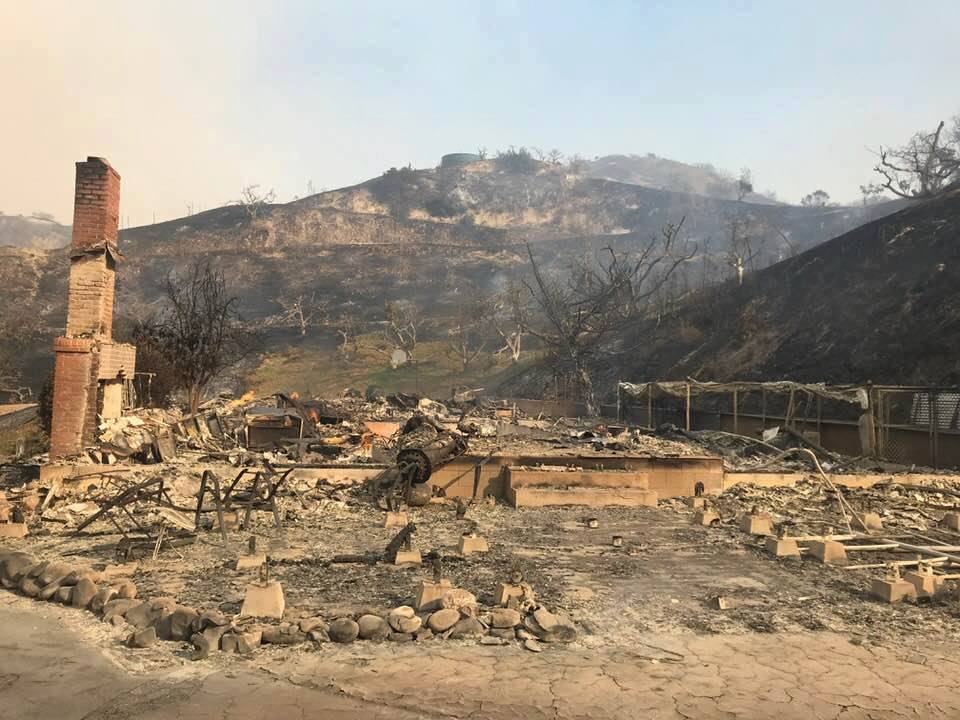
by Randal Beeman
Growing up in hurricane country in South Florida, Kat Merrick learned from her parents that the best response to a natural disaster is to immediately get to work helping others. Naturally, when the Thomas Fire broke out in Santa Paula Merrick was on the phone offering assistance to her extensive network of friends in the Ventura County farming and ranching community. Within minutes her attention focused closer to home as she noticed a glowing red hue through the skylight. In short time the fast racing fire engulfed her ranch property in the hills above Ventura. Merrick lost her house, the three rental units on her property, her crops, and the teaching garden that she planned to use as part of the popular local agricultural education program, totallylocalvc.com.
Typical of Merrick’s community values, she immediately went to work helping her tenants find housing, organizing food relief programs, the Local Love/805Strong project, and persuading corporate sponsors to provide assistance to both fire victims and those impacted by the mudslide in Montecito. Ironically, Merrick had a water tank on the property, which soon melted and spilled its contents down the wrong side of the hill. Realizing she and her boyfriend were helpless to fight the blaze, they alerted their tenants and gathered their dogs as other neighbors fought to save their homes and livestock. Soon they found themselves in a line of traffic on Ventura Avenue, witnessing disturbing scenes of “screaming chaos” in the city.
Returning to her ranch was a disconsolate moment, as even deeply rooted oak trees on her property were torched by the conflagration. Like so many families in Ventura, Merrick looked at what had been her “little sanctuary” and asked herself “where do we start?” One of her tenants had only been on the property for two days. She and her boyfriend have found a small place to rent while they endeavor to rebuild their rentals first, then the one story home that had been the site on numerous gatherings and happy hours with friends and neighbors.
As so many locals report, the process of starting over is going to take years. Scraping the lot of toxic ash was an early priority, as will be restoring ground cover on the denuded, vulnerable hillsides. Merrick found, as have others, that the insurance company was helpful at the onset of the crisis but whether that cooperation will continue is a tenuous proposition. An example: the housing crisis in Ventura County is being exacerbated by the Thomas Fire, and there appears to be some push back from insurers in regards to the cost of renting while properties are being rebuilt. Merrick was quick to praise the County of Ventura for fast tracking the permit process.
Merrick noted that the impact of the fire on the local agricultural community – lost crops, dead or injured stock, and a lack of grazing land – will impact this essential industry for years. Her voice teamed with energy as she spoke of the tenacity of local farmers, ranchers, and farm workers, Merrick embodies the time honored saying: “lead, follow, or get the hell out of the way.” Though her cherished home on the range was taken by the Thomas Fire, Merrick is well on the way to doing what she loves best, ensuring that “future chefs will get their hands in the dirt” as Ventura County rebuilds its agricultural base.
